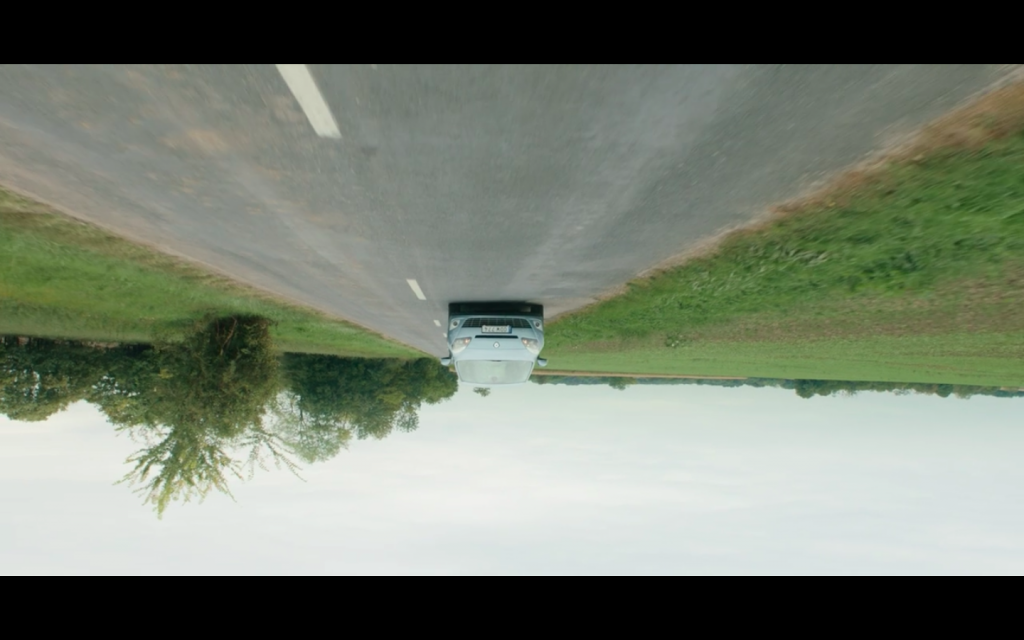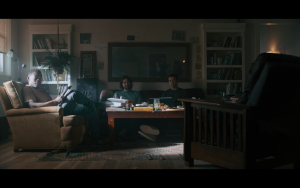Ari Aster’s Midsommar (2019) is an astonishing horror/thriller but how does the film achieve releasing fear in the audience so successfully? The cinematography by Pawel Pogorzelski remarkably leads us into a whole different world and the tension of not-knowing begins.
Pelle, a Swedish student, invites his university friends to his village for the midsummer festival that takes place every 92 years, (pretty unordinary right?)This usage of university research students makes the main characters very identifiable. So the viewer sees and experiences everything through them.

As they are heading to the village in Sweden, the cinematography is already telling us we are entering a “different” realm.

Customs, behaviors, time, perception and interaction is not what these university students are used to. Each of them tries to cope with these differences in their own way, those being: reasoning, research, trying to give meaning and lastly avoidance (one of them is constantly smoking the substances in the fields) as a coping mechanism.

As the movie progresses, the viewer is also drawn into the customs and way of life of these people. This is where the success of this “horror” film lies. The degree of fear rises gradually and very subtly. Trying to make a meaning out of everything that is happening on screen gets harder and harder.
Fear rises gradually and the film achieves this so successfully by portraying all kinds of emotions and by subtly binding fear and the unknown. That is exactly why this film masters the horror genre which is linked to fear.
Lastly, the skillful cinematography and the amazing acting by Florence Pugh as Dani make this film an amazing ride where you realize only at the end you have been holding your breath the whole time.

















Leave a Reply